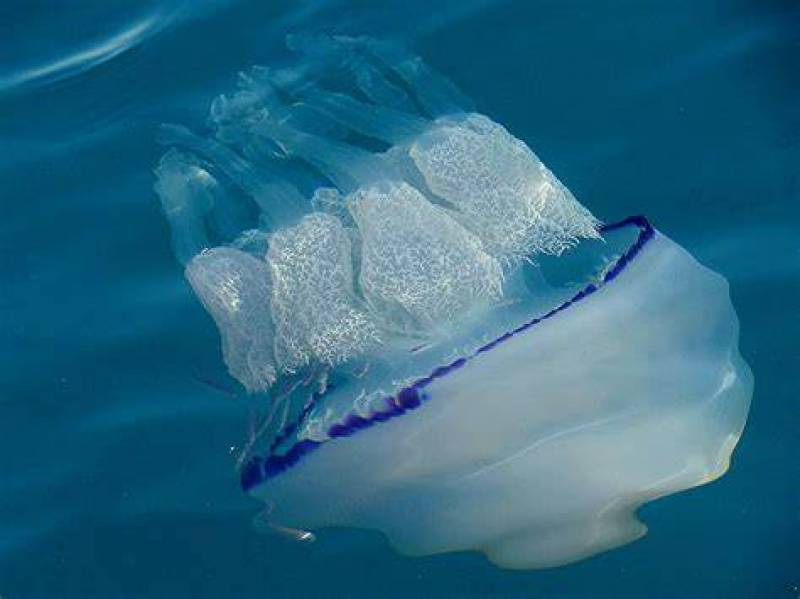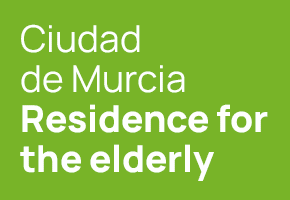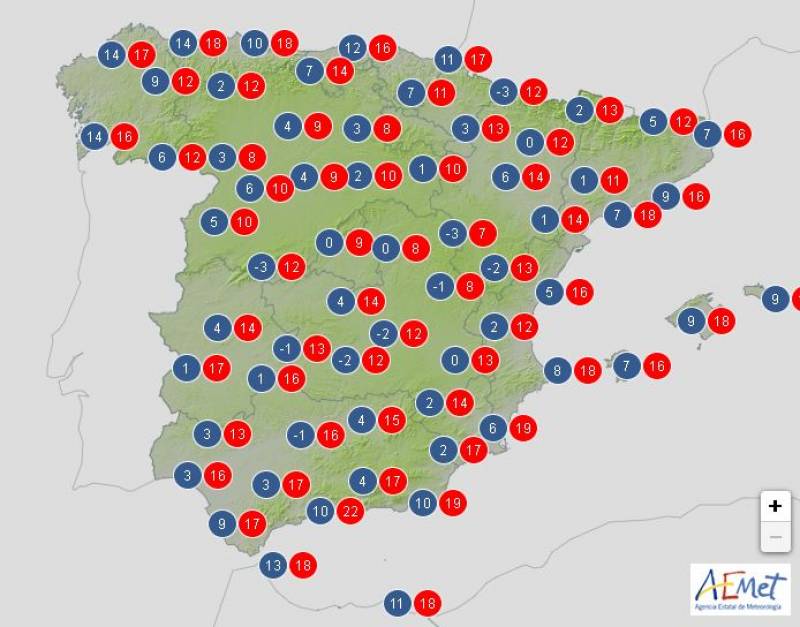- Region
- Águilas
- Alhama de Murcia
- Jumilla
- Lorca
- Los Alcázares
- Mazarrón
- San Javier
-
ALL AREAS & TOWNS
- AREAS
- SOUTH WEST
- MAR MENOR
- MURCIA CITY & CENTRAL
- NORTH & NORTH WEST
- TOWNS
- Abanilla
- Abarán
- Aguilas
- Alamillo
- Alcantarilla
- Aledo
- Alhama de Murcia
- Archena
- Balsicas
- Blanca
- Bolnuevo
- Bullas
- Cañadas del Romero
- Cabo de Palos
- Calasparra
- Camping Bolnuevo
- Campo De Ricote
- Camposol
- Canada De La Lena
- Caravaca de la Cruz
- Cartagena
- Cehegin
- Ceuti
- Cieza
- Condado de Alhama
- Corvera
- Costa Cálida
- Cuevas De Almanzora
- Cuevas de Reyllo
- El Carmoli
- El Mojon
- El Molino (Puerto Lumbreras)
- El Pareton / Cantareros
- El Raso
- El Valle Golf Resort
- Fortuna
- Fuente Alamo
- Hacienda del Alamo Golf Resort
- Hacienda Riquelme Golf Resort
- Isla Plana
- Islas Menores & Mar de Cristal
- Jumilla
- La Azohia
- La Charca
- La Manga Club
- La Manga del Mar Menor
- La Pinilla
- La Puebla
- La Torre
- La Torre Golf Resort
- La Unión
- Las Palas
- Las Ramblas
- Las Ramblas Golf
- Las Torres de Cotillas
- Leiva
- Librilla
- Lo Pagan
- Lo Santiago
- Lorca
- Lorquí
- Los Alcázares
- Los Balcones
- Los Belones
- Los Canovas
- Los Nietos
- Los Perez (Tallante)
- Los Urrutias
- Los Ventorrillos
- Mar De Cristal
- Mar Menor
- Mar Menor Golf Resort
- Mazarrón
- Mazarrón Country Club
- Molina de Segura
- Moratalla
- Mula
- Murcia City
- Murcia Property
- Pareton
- Peraleja Golf Resort
- Perin
- Pilar de la Horadada
- Pinar de Campoverde
- Pinoso
- Playa Honda
- Playa Honda / Playa Paraíso
- Pliego
- Portmán
- Pozo Estrecho
- Puerto de Mazarrón
- Puerto Lumbreras
- Puntas De Calnegre
- Region of Murcia
- Ricote
- Roda Golf Resort
- Roldan
- Roldan and Lo Ferro
- San Javier
- San Pedro del Pinatar
- Santiago de la Ribera
- Sierra Espuña
- Sucina
- Tallante
- Terrazas de la Torre Golf Resort
- Torre Pacheco
- Totana
- What's On Weekly Bulletin
- Yecla


- EDITIONS:
 Spanish News Today
Spanish News Today
 Alicante Today
Alicante Today
 Andalucia Today
Andalucia Today
What to do if you get stung by a jellyfish and does pee really work?
If you spend a day on a beach in Spain, you're quite likely to come across a jellyfish, even if you don't go into the sea

The heat is on and thoughts turn to a fun or totally relaxing day at the beach, the perfect chance to hit the waves or kick back on the sand.
And on occasions, you may come across an unexpected and unwelcome companion in the form of a jellyfish that can pack a punch in the form of a painful, but rarely life-threatening, sting.
These intriguing marine creatures inhabit our oceans and are one of the oldest animal species on the planet. They live suspended in the water of seas and oceans (although there are some freshwater species) and can often be found ominously floating close to the shoreline and even embedded in the sand.
Jellyfish can move on their own in water, but they are usually carried in currents reaching popular beach areas where they can sting humans. The sting is produced by a spiny filament containing venom, which they transfer when they come into contact with their prey.
Also read: How to tell the temperature in Spain from the song of the crickets
And so, unsurprisingly, when the warm season begins and we move en masse to Spain's beaches, reports of jellyfish stings surge. After a jellyfish sting it's normal to feel pain in the specific area, skin irritation and an itching sensation. The affected area will have red marks and you may feel tingling.
For those who would prefer a heads-up on whether there are jellyfish lurking at their favourite beach, an app called Infomedusa provides regular updates.
So what should you do if you get stung and what are the best remedies?
If you are on a beach that has a lifeguard service, they could be your first port of call. They are professionals and know the species of jellyfish in each area and, therefore, the best way to treat jellyfish stings.
If you are on an isolated beach or without access to lifeguards, there are a number of remedies. The first thing to do is to check whether any tentacles are still attached to the skin and if so, remove them using a sharp, safe blade.
Contrary to popular belief, urine should not be used to treat jellyfish stings. According to experts, it's not effective at all.
Wash the area with sea water, never with fresh water and do not scratch the wound; ice is recommended to soothe the itching and to prevent the venom from spreading, but it should never be placed in direct contact with the skin as it burns, so use a cloth or towel to act as a barrier.
Alternatively, apply a cloth or compress with vinegar. This is only effective against jellyfish stings of certain species, not against all jellyfish, and should be avoided if you are not sure. In case of persistent pain or more severe symptoms, seek medical attention as soon as possible.
Image: Creative Commons
Sign up for the Spanish News Today Editors Roundup Weekly Bulletin and get an email with all the week’s news straight to your inbox
Special offer: Subscribe now for 25% off (36.95 euros for 48 Bulletins)
OR
you can sign up to our FREE weekly roundup!
Read some of our recent bulletins:
25% Discount Special Offer subscription:
36.95€ for 48 Editor’s Weekly News Roundup bulletins!
Please CLICK THE BUTTON to subscribe.
(List price 3 months 12 Bulletins)
Read more stories from around Spain:



























